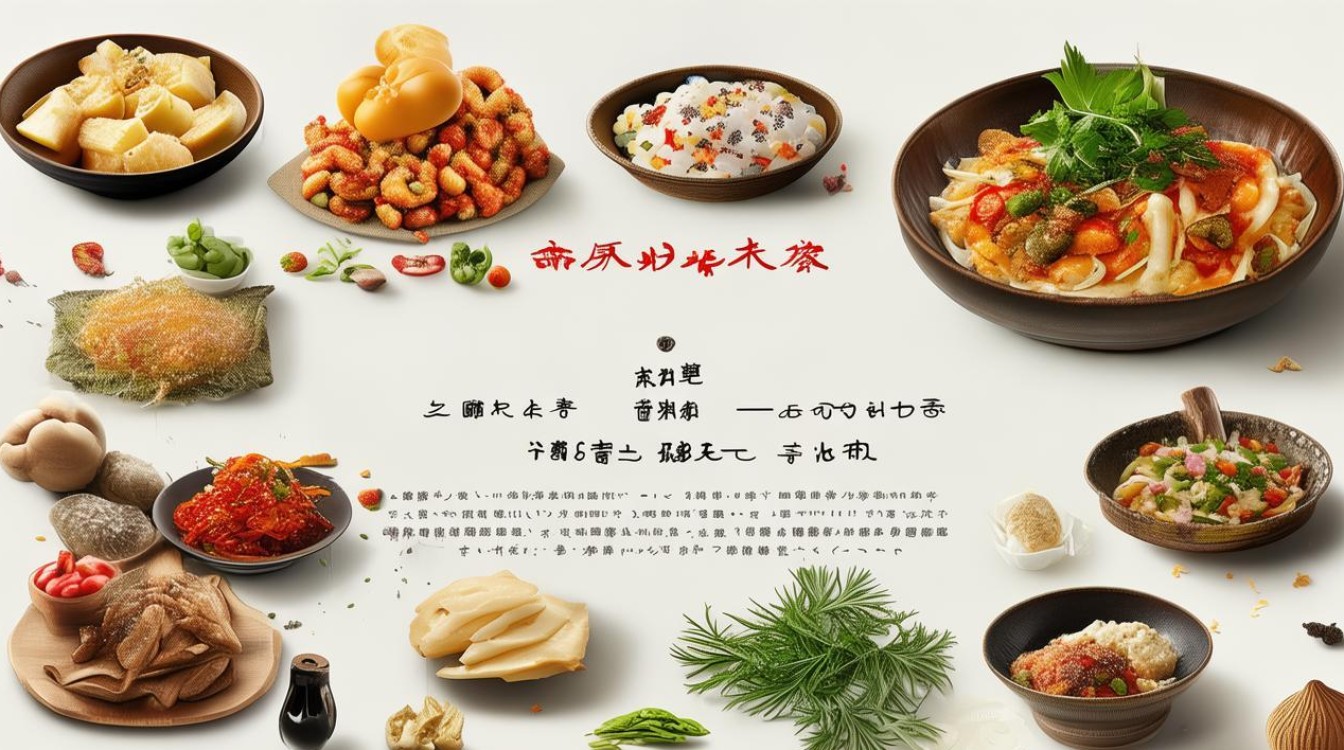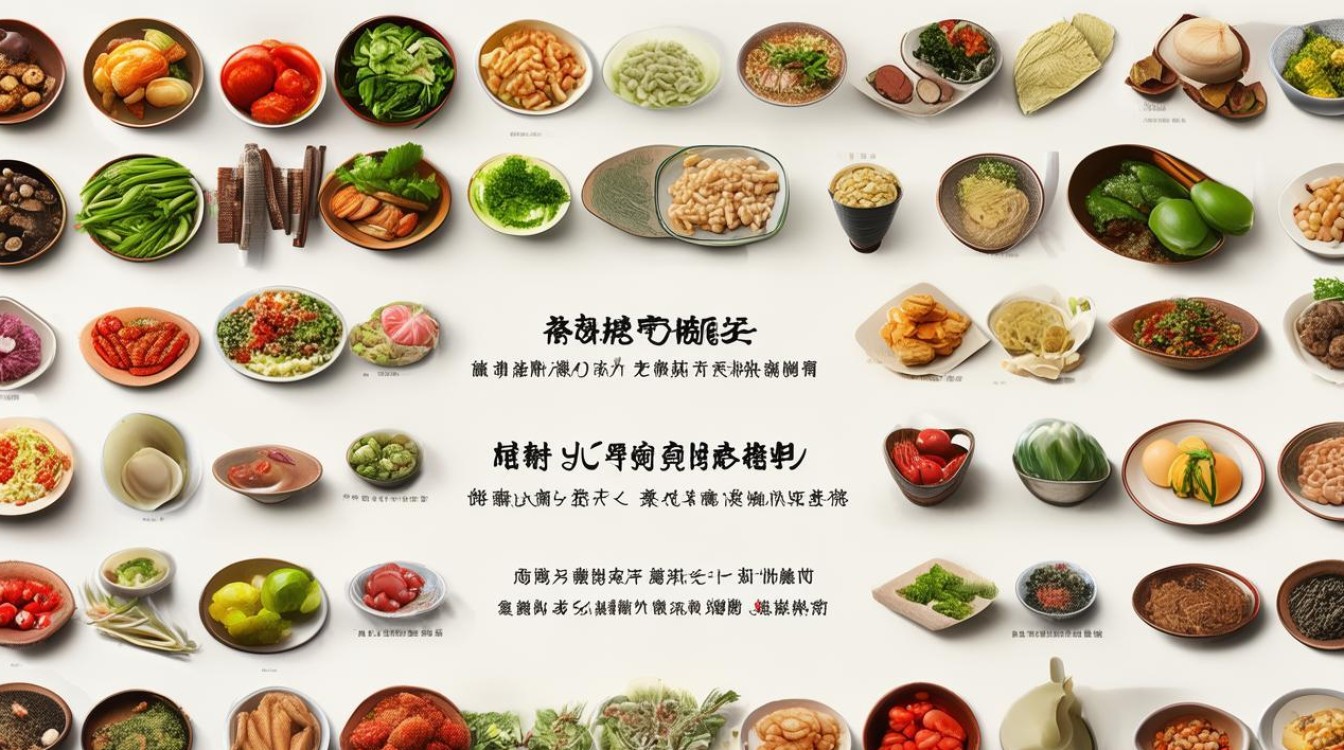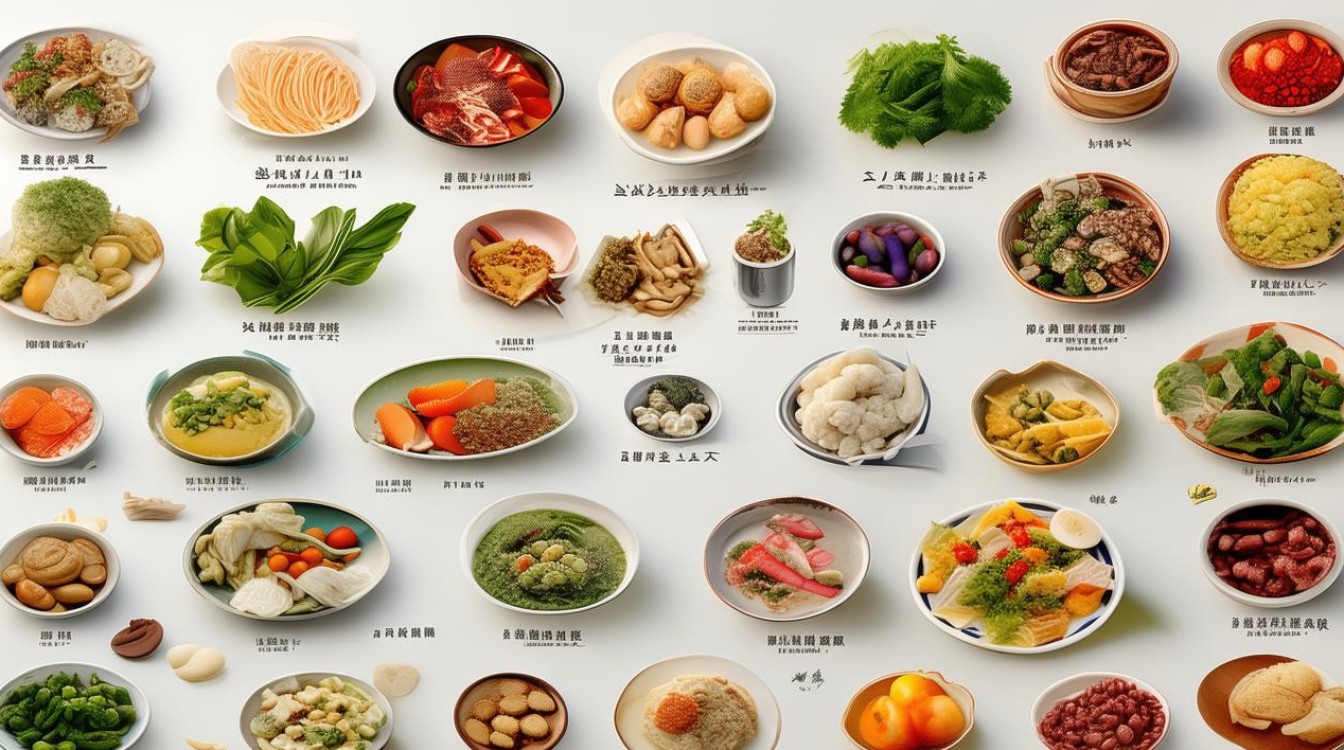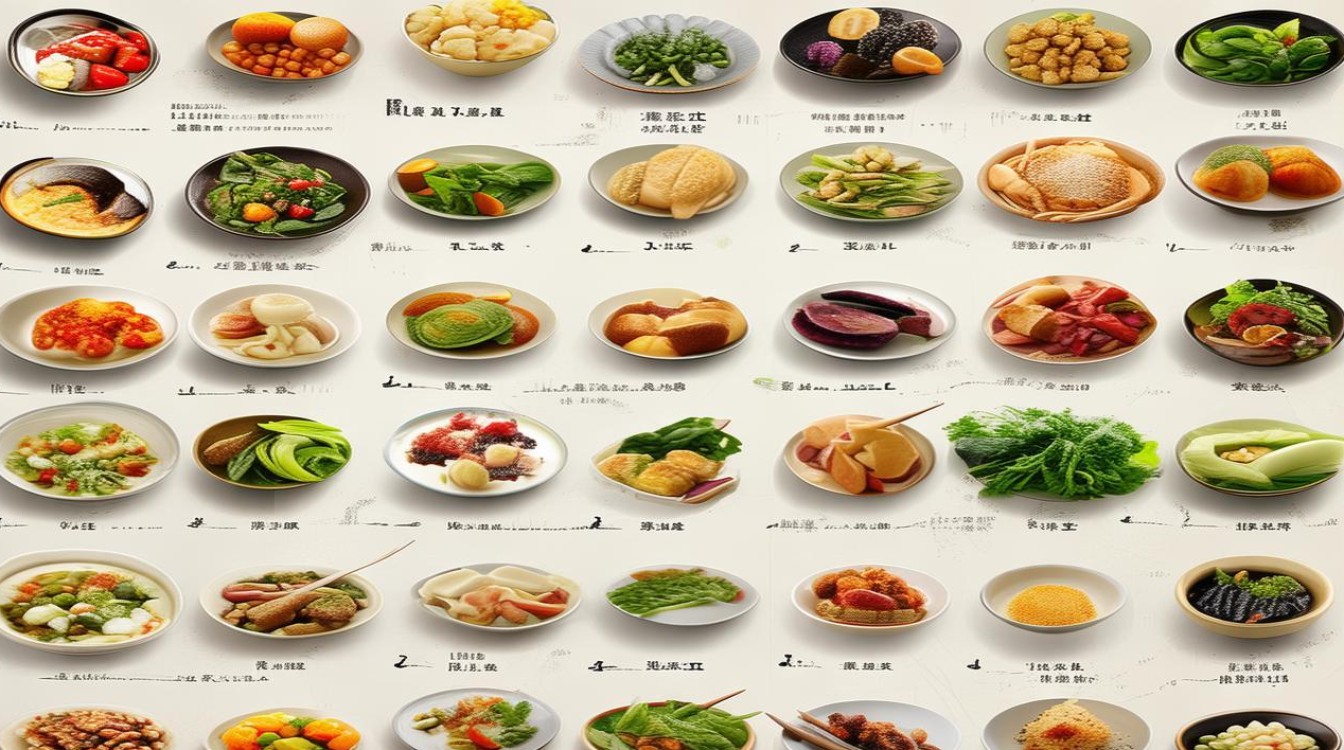Chinese cuisine is renowned worldwide for its rich flavors, diverse ingredients, and intricate cooking techniques. For food enthusiasts, travelers, or language learners, knowing the English terms for popular Chinese dishes can enhance dining experiences and cultural appreciation. This guide introduces essential vocabulary related to Chinese food, covering regional specialties, cooking methods, and staple ingredients.

Popular Chinese Dishes and Their English Names
Dim Sum (点心)
A Cantonese tradition, dim sum consists of bite-sized portions served in steamer baskets. Key items include:
- Har Gow (虾饺): Steamed shrimp dumplings with translucent wrappers.
- Siu Mai (烧卖): Open-topped pork and shrimp dumplings.
- Char Siu Bao (叉烧包): Fluffy buns filled with sweet barbecued pork.
Noodle Dishes
Noodles are a cornerstone of Chinese cuisine. Well-known varieties include:
- Lo Mein (捞面): Soft wheat noodles stir-fried with vegetables and meat.
- Chow Mein (炒面): Crispy fried noodles, often with a savory sauce.
- Dan Dan Noodles (担担面): Spicy Sichuan noodles with minced pork and peanuts.
Rice-Based Dishes
Rice is a staple, featured in dishes like:
- Yangzhou Fried Rice (扬州炒饭): A colorful mix of eggs, shrimp, and vegetables.
- Clay Pot Rice (煲仔饭): Rice cooked in a clay pot with meats and a crispy bottom layer.
Meat and Poultry Specialties
- Peking Duck (北京烤鸭): Crispy roasted duck served with pancakes and hoisin sauce.
- Kung Pao Chicken (宫保鸡丁): Spicy stir-fried chicken with peanuts and chili.
- Sweet and Sour Pork (咕噜肉): Deep-fried pork in a tangy sauce with pineapple.
Vegetarian and Tofu Dishes
- Mapo Tofu (麻婆豆腐): Spicy Sichuan tofu with minced meat (or vegetarian versions).
- Buddha’s Delight (罗汉斋): A mixed vegetable dish often served during festivals.
Cooking Techniques and Styles
Chinese culinary methods are as diverse as the dishes themselves. Common terms include:

- Stir-Frying (炒): Quick cooking over high heat, preserving texture and nutrients.
- Steaming (蒸): Used for dumplings, buns, and fish to retain moisture.
- Braising (炖): Slow-cooking meats or vegetables in a flavorful broth.
- Deep-Frying (炸): Creates crispy textures, as seen in spring rolls or sweet and sour dishes.
Essential Ingredients in Chinese Cooking
Understanding key ingredients helps in recognizing menu items:
- Soy Sauce (酱油): A salty, umami-rich condiment made from fermented soybeans.
- Oyster Sauce (蚝油): A thick, savory sauce made from oyster extracts.
- Five-Spice Powder (五香粉): A blend of star anise, cloves, cinnamon, Sichuan pepper, and fennel seeds.
- Chili Oil (辣椒油): Infused oil with a spicy kick, common in Sichuan cuisine.
Regional Cuisines and Their Signatures
China’s vast geography leads to distinct regional flavors:
Cantonese (粤菜)
Known for mild, fresh tastes and seafood. Highlights include:
- Wonton Soup (云吞汤): Clear broth with delicate pork and shrimp dumplings.
- White Cut Chicken (白切鸡): Poached chicken served with ginger-scallion sauce.
Sichuan (川菜)
Famous for bold, spicy flavors:

- Hot Pot (火锅): A communal pot of simmering broth for cooking meats and vegetables.
- Twice-Cooked Pork (回锅肉): Boiled then stir-fried pork with chili bean paste.
Shanghainese (沪菜)
Features sweeter, soy-based dishes:
- Xiaolongbao (小笼包): Soup dumplings filled with pork and broth.
- Red-Braised Pork (红烧肉): Pork belly slow-cooked in soy sauce and sugar.
Northern Cuisine (北方菜)
Hearty and wheat-focused:
- Jiaozi (饺子): Boiled or pan-fried dumplings with various fillings.
- Peking Duck (北京烤鸭): A must-try crispy duck dish from Beijing.
Practical Tips for Ordering Chinese Food in English
- Specify Preferences: Use terms like "less spicy," "no MSG," or "extra garlic."
- Learn Key Phrases: "Steamed," "fried," or "with sauce" can help customize orders.
- Explore Menus: Many restaurants provide English descriptions or pictures.
Chinese cuisine offers endless variety, and mastering these terms opens doors to authentic dining experiences. Whether savoring street food or a banquet, understanding the language of food bridges cultural gaps and deepens enjoyment.
The next time you encounter a Chinese menu, use this guide to navigate with confidence. From dim sum to fiery Sichuan dishes, each bite tells a story of tradition and innovation.


